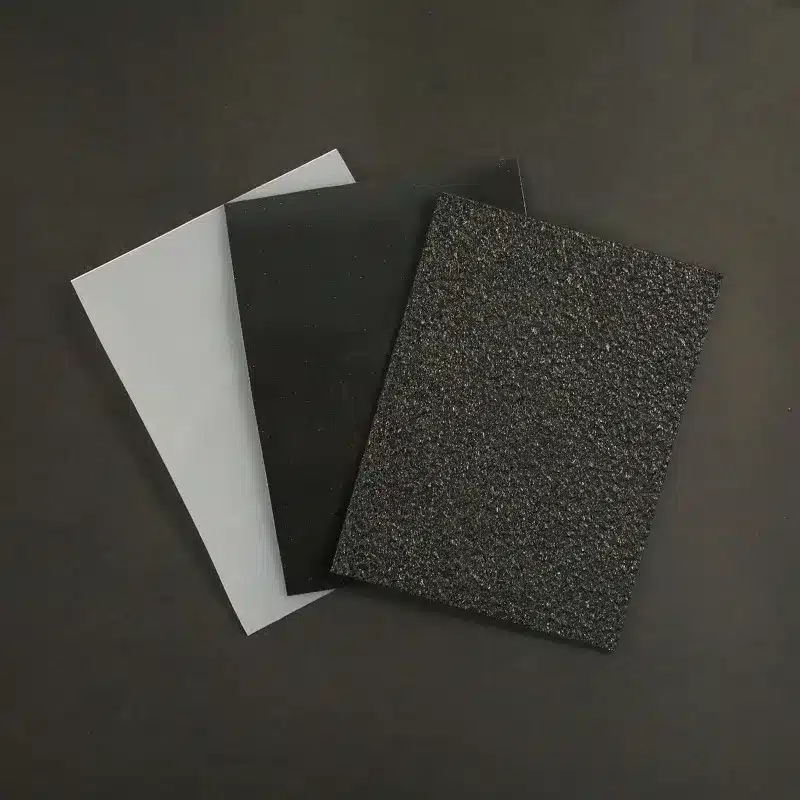+86-159 9860 6917
info@geofantex.com
geofantex@gmail.com
+86-400-8266163-44899
Geotextiles for erosion control are a great solution for preventing soil erosion, improving soil stability, and managing water runoff. These versatile materials are commonly used in construction projects to protect landscapes, shorelines, and infrastructure from erosion. Here, we’ll dive into how geotextiles for erosion control work, their benefits, and how they tackle common erosion challenges.
What are geotextiles for erosion control, and how do they work?
Geotextiles for erosion control are synthetic fabrics used to stabilize soil and prevent erosion caused by wind and water. They come in three main types: woven, nonwoven, and knitted, each suited for different conditions. Geotextiles work by separating soil layers, allowing water to flow while retaining soil, and reinforcing soil structure. They are commonly used in coastal areas, riverbanks, and construction sites to resist erosion and improve soil stability. Geotextiles are effective in maintaining the integrity of the land and preventing soil loss in various environments.

What are the main benefits of using geotextiles for erosion control?
Using geotextiles for erosion control offers several key benefits:
- Soil Stabilization: They prevent soil movement and provide a foundation for plant growth, especially in areas with steep slopes or high water runoff.
- Water Management: Geotextiles help control water flow, reducing erosion by facilitating proper drainage and preventing water accumulation.
- Cost-Effectiveness: They are often more affordable and easier to install than traditional erosion control methods like retaining walls or concrete barriers.
- Environmental Benefits: Made from recyclable materials, these geotextiles are eco-friendly and reduce the environmental footprint of construction projects.
Can erosion control geotextiles be used on all terrains?
Yes, geotextiles for erosion control are highly versatile and can be used in a variety of terrains, including:
- Steep Slopes: The fabric helps stabilize the soil, preventing landslides and erosion caused by heavy rainfall.
- Shorelines and Riverbanks: These geotextiles protect against coastal erosion and the loss of soil due to water currents.
- Construction Sites: During heavy construction projects, geotextiles can manage water runoff and prevent soil loss from the site, reducing sedimentation in nearby water bodies.
How do erosion control geotextiles support sustainable construction?
Geotextiles for erosion control play a significant role in promoting sustainability in construction:
- Reduction of Soil Erosion: Geotextiles protect the land and reduce the need for further intervention or replenishment by preventing soil erosion.
- Water Conservation: Their drainage capabilities ensure that water does not pool in one area, preventing water wastage and promoting better irrigation practices.
- Long-Term Durability: Geotextiles offer long-lasting protection, reducing the need for frequent repairs and minimizing the environmental impact of the construction process.
Incorporating geotextiles for erosion control into construction projects offers an effective, sustainable solution to erosion problems. By providing soil stabilization, enhancing water management, and promoting eco-friendly practices, these geosynthetics are a smart and cost-effective choice for both residential and commercial projects. Whether for shoreline protection, steep slope stabilization, or construction site management, geotextiles for erosion control deliver long-term benefits that help preserve the environment while ensuring the durability of the infrastructure.



Get Free Sample
We’ll respond as soon as possible(within 12 hours)





















